At our recent RKEO Research Reflections event at the Festival of Learning it was really interesting to hear about the amazing variety of research taking place at BU and to have them presented with such enthusiasm and different styles.
A big congratualtions to Arjan Gosal who was one of the joint winning presenters – please see below for a taste of his presentation – ‘Losing sight of the trees for the honey’.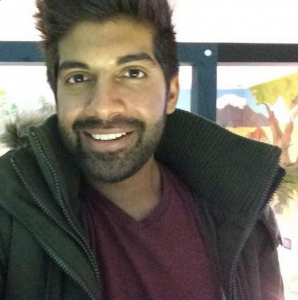
The Millennium Ecosystem Assessment highlighted the importance of quantifying ecosystem services as being pivotal to the allocation of environmental resources though robust policy creation and implementation. Whilst biophysical and economic values are often used in conservation planning by decision makers, community ecosystem values are rarely quantified or defined clearly. Recreation, aesthetics and cultural ecosystem services are primary to this work.
 A multifaceted approach using various techniques, including participatory GIS, spatial mapping, GPS tracking of visitors and use of existing data sets are explored in relation to the New Forest. Situated on the South Coast of England, it is a prime example of a historic natural landscape, from being a medieval hunting ground to a commoning system that survives to the current day. England’s most recently designated national park has over 34,000 residents and many more visitors each year. With a clear need to understand the dynamics of how people value the various habitats and areas of this national park; this work aims to provide a strong methodology for inclusion of peoples shifting views on habitats and changing landscapes.
A multifaceted approach using various techniques, including participatory GIS, spatial mapping, GPS tracking of visitors and use of existing data sets are explored in relation to the New Forest. Situated on the South Coast of England, it is a prime example of a historic natural landscape, from being a medieval hunting ground to a commoning system that survives to the current day. England’s most recently designated national park has over 34,000 residents and many more visitors each year. With a clear need to understand the dynamics of how people value the various habitats and areas of this national park; this work aims to provide a strong methodology for inclusion of peoples shifting views on habitats and changing landscapes.
Although a substantial amount of research has examined the connections between biodiversity, ecosystem processes and ecosystem services, much of this has been conducted at relatively 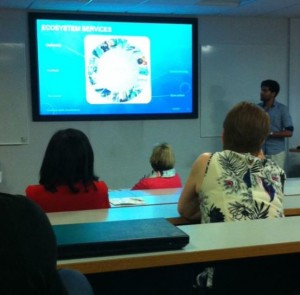 small scales, and with a limited number of species. There is therefore a need to understand how these relationships translate to a landscape scale, at which environmental management decisions need to be undertaken. Thus it is important we don’t lose sight of the wider landscape when assessing cultural services, not just looking at the honeypot sights, so that we do not lose sight of the trees.
small scales, and with a limited number of species. There is therefore a need to understand how these relationships translate to a landscape scale, at which environmental management decisions need to be undertaken. Thus it is important we don’t lose sight of the wider landscape when assessing cultural services, not just looking at the honeypot sights, so that we do not lose sight of the trees.
Please contact Arjan if you would like to receive further information relating to his research.
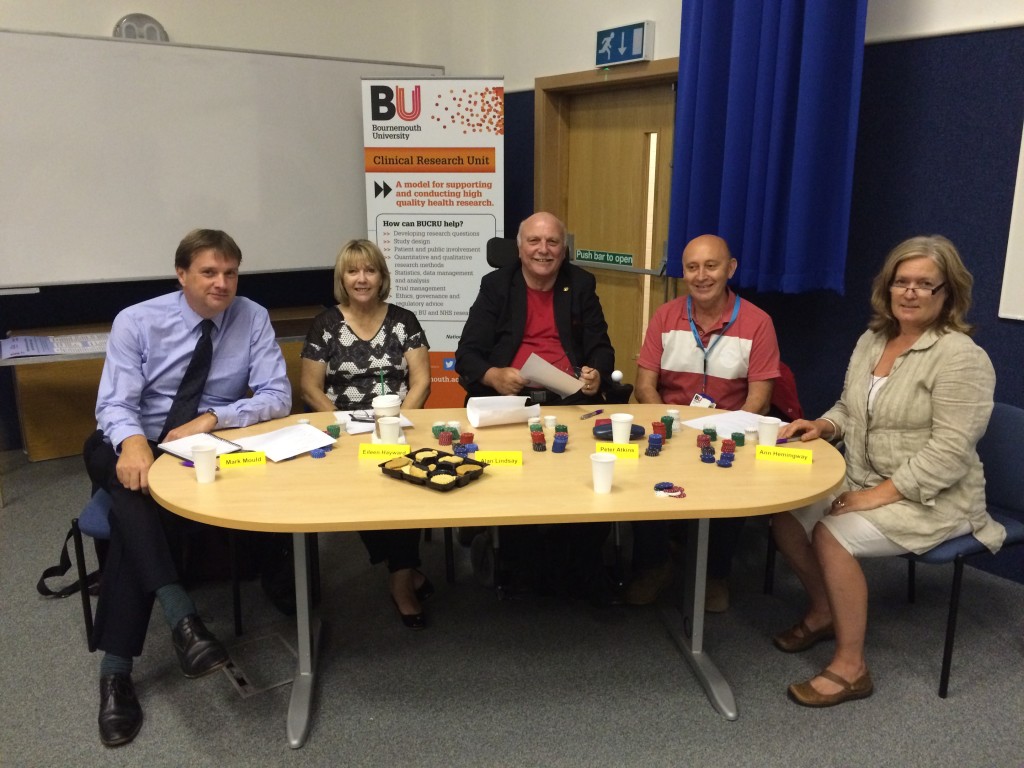

 This e-learning tool has been developed with funding from the Big Lottery Fund, and builds on previous work which has used participatory performative research methodologies, including performance poetry to enable young people with disabilities (aged 14-20 years) to explore the nature of disability within society and their own experiences of being disabled. The previous outputs from this project have included live performances as part of the Cultural Olympiad 2012, local literary festivals, a performance at the House of Commons in December 2014, as well as a documentary film
This e-learning tool has been developed with funding from the Big Lottery Fund, and builds on previous work which has used participatory performative research methodologies, including performance poetry to enable young people with disabilities (aged 14-20 years) to explore the nature of disability within society and their own experiences of being disabled. The previous outputs from this project have included live performances as part of the Cultural Olympiad 2012, local literary festivals, a performance at the House of Commons in December 2014, as well as a documentary film ![photo[2]](https://microsites.bournemouth.ac.uk/hsc/files/2015/07/photo2-e1437396081780-224x300.jpg)
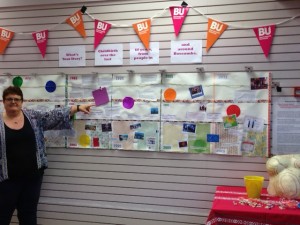
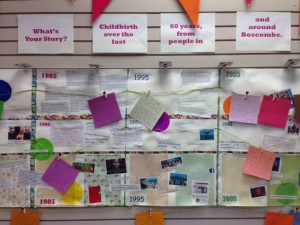
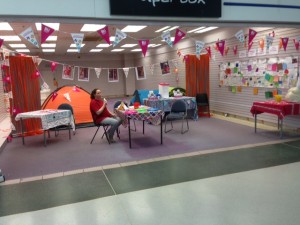
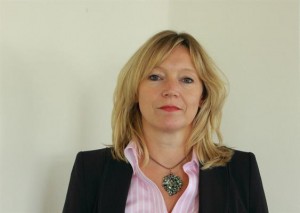 dyslexia. It was interesting to know that when reading we only take in (fovea) around eight letters, whereas our peripheral vision (parafovea) can take in around 15 letters. There are also linguistic influences on our eye movements, such as how many letters, how often the word is read, and how much a word is expected. If comprehension breaks down then our eye movements are directed back to previously read text. Some, but not all, dyslexic people will have difficulty associating letters with speech sounds. Also, some will have ‘visual attention deficit’.
dyslexia. It was interesting to know that when reading we only take in (fovea) around eight letters, whereas our peripheral vision (parafovea) can take in around 15 letters. There are also linguistic influences on our eye movements, such as how many letters, how often the word is read, and how much a word is expected. If comprehension breaks down then our eye movements are directed back to previously read text. Some, but not all, dyslexic people will have difficulty associating letters with speech sounds. Also, some will have ‘visual attention deficit’.

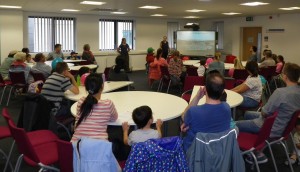
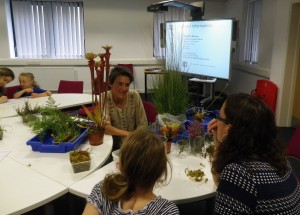
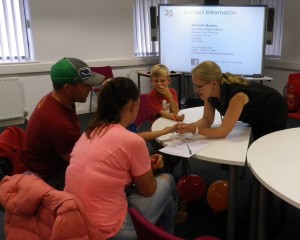
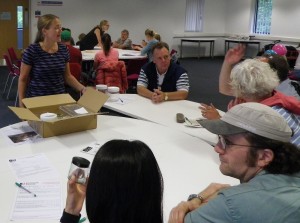

 We would love to see you at our Drop-in event ‘Research Reflections’ on the 16 July – feel free to attend for a session or two, or the whole day. Come along and hear about the huge range of Research taking place across the University, and support your fellow academics talking about their Research.
We would love to see you at our Drop-in event ‘Research Reflections’ on the 16 July – feel free to attend for a session or two, or the whole day. Come along and hear about the huge range of Research taking place across the University, and support your fellow academics talking about their Research.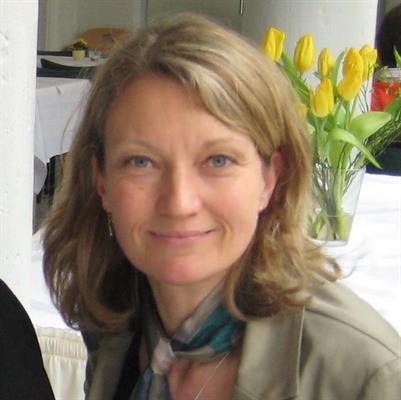
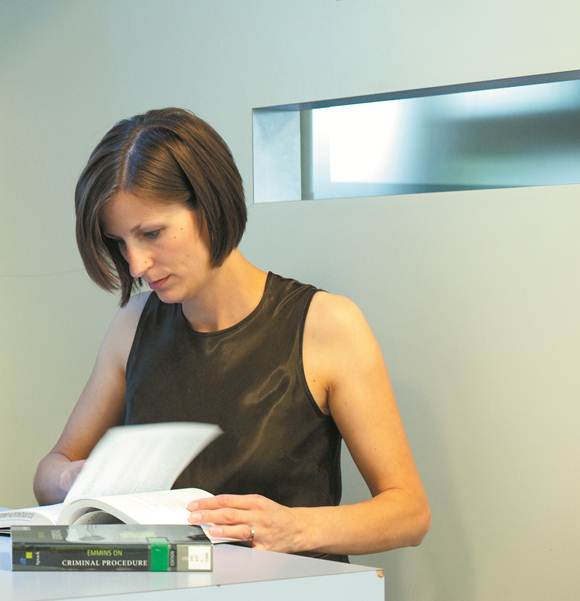


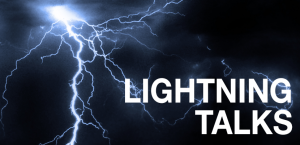











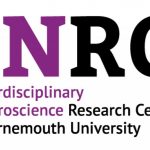 Fourth INRC Symposium: From Clinical Applications to Neuro-Inspired Computation
Fourth INRC Symposium: From Clinical Applications to Neuro-Inspired Computation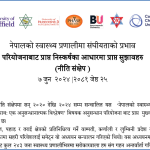 Writing policy briefs
Writing policy briefs Upholding Excellence: The Concordat to Support Research Integrity
Upholding Excellence: The Concordat to Support Research Integrity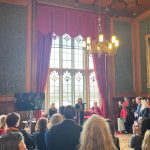 Today’s Documentation Will Serve Tomorrow’s Justice
Today’s Documentation Will Serve Tomorrow’s Justice ECR Funding Open Call: Research Culture & Community Grant – Application Deadline Friday 12 December
ECR Funding Open Call: Research Culture & Community Grant – Application Deadline Friday 12 December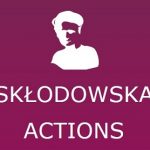 MSCA Postdoctoral Fellowships 2025 Call
MSCA Postdoctoral Fellowships 2025 Call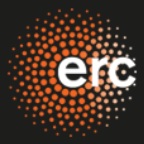 ERC Advanced Grant 2025 Webinar
ERC Advanced Grant 2025 Webinar Horizon Europe Work Programme 2025 Published
Horizon Europe Work Programme 2025 Published Horizon Europe 2025 Work Programme pre-Published
Horizon Europe 2025 Work Programme pre-Published Update on UKRO services
Update on UKRO services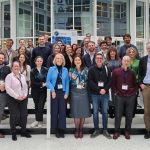 European research project exploring use of ‘virtual twins’ to better manage metabolic associated fatty liver disease
European research project exploring use of ‘virtual twins’ to better manage metabolic associated fatty liver disease